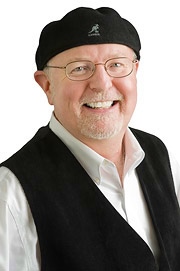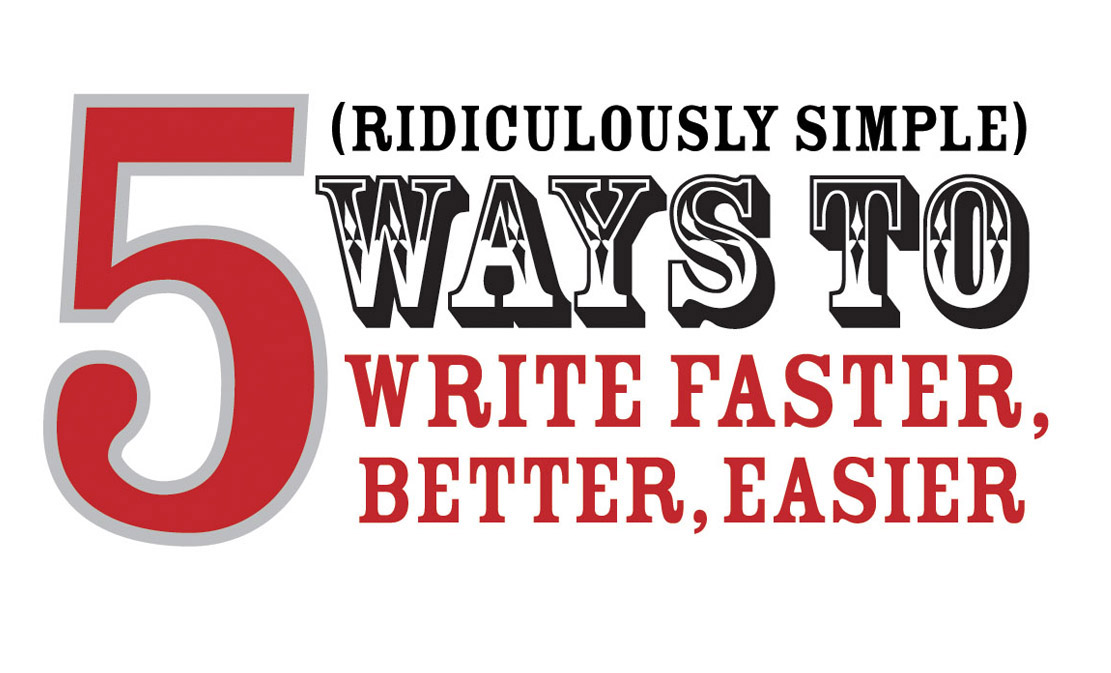Marketing Tips for Filmmakers: Part 3 of 3
 Friday, February 2, 2007 at 10:25PM
Friday, February 2, 2007 at 10:25PM Q. I can’t just sit here and wait for the phone to ring! What active steps can I take now to start marketing myself as a corporate filmmaker?
Here it is.
“Tom's Top Ten" list of marketing ideas a corporate filmmaker can implement right now.
For those just joining, see the ground rules in Part 1.
This is the third and final question...till the next batch surfaces!
1. Read “The Cluetrain Manifesto.”
It’s on-line here, for free. Or buy the real deal.
It’s the book that started it all. If marketing is about creating conversations, then learn how to create conversations about yourself. Learn how to converse digitally (from the head) and non-digitally (from the heart.)
2. Read EVERYTHING from Seth Godin. Then ACT on it.
He totally flipped my world. Still does. I bet he’ll flip yours.
a. Subscribe to Seth's RSS feed.
b. Read his books. Twice. Three times. Yes, he really is “remarkable.”
c. Check out Seth’s lenses. Study them. And then…
3. Become a Lensmaster.
A what? Seth Godin created Squidoo to help people find relevant information fast.
It’s a co-op and a community where people share their points of view on topics they are passionate about.
Creating your own lens takes a few minutes. And building a lens will help you craft your story. Want more reasons? You’ll get traffic, get discovered, create credibility. Plus, search engines love Squidoo. It’s free. It’s fast. It’s easy. It’s fun. And you can make a buck or two. How cool is that? C’mon…grab some tea and build that lens!
4. Get “sticky.”
Learn how to make your ideas stick; read “Made to Stick: Why Some Ideas Survive and Others Die.”
The business community is touting this book to be THE business book of 2000. The Heath brothers break down why some ideas “stick” and others don’t. How do they make their ideas “stick?” By using SUCCESs: Simplicity. Unexpectedness. Concreteness. Credibility. Emotions. Stories.
Read it. Use it. Anytime you are communicating.
5. Get interviewed.
Nothing like free, instant press. Then blog about it.
6. Hang with Master Storytellers.
Understand the power of story. Use it to market yourself. Slip it into your films.
Stephen Denning, Kevin Carroll, Seth Kahan and Annette Simmons are real pros.
7. Git some Gitomer!
Jeffrey Gitomer writes the neatest little books on selling. They are best-sellers, short, fun, friendly, conversational and practical.
I built a lens on Jeffrey to kick-start new readers to his material.
Need a quick selling idea? Want to try something new? Need a shot in the arm? Git some Gitomer!
8. Embrace “personal branding."
If "personal branding" is a new concept to you, then start with Tom Peters article in Fast Company.
Tom Peters' “The Brand You 50” is THE book that made you realize you were your own CEO.
Tom’s quotes are unforgettable: “Make every project a WOW! Be distinct…or extinct! “Inc. yourself. Mindset: I AM A COMPANY.”
Check out Catherine Kaputa. Rajesh Setty has a great e-book on personal branding. Don't let his title fool you...it's written for you.
Get to know their story. Their story will help your story.
9. ZAG!
…when everyone “zigs.”
This book rocks. It’s paperback. It’s cheap. Do yourself a favor…just buy the darn thing. Marty Neumeier takes you through 17 simple, easy-to-implement steps to help you differentiate from the others.
You are different, remember?
10. Your turn.
What works for you? Let me know. I’ll add it the next time ‘round.
10.5 Embrace Web 2.0
Get Stephanie Diamond's free e-book on Web 2.0 for small business.
Bonus: Write a manifesto.
There's a ton of cool manifestos circulating on the net. This manifesto, The Future of Learning by Christian Long over at Think:Lab, is clearly my favorite...by a mile.
Write your own manifesto. Give it away to everyone you know. Submit it to sites that collect manifestos. (Mine is half-way done.)
This list is intended to push how we communicate and market ourselves to the world.
I truly hope I have achieved that and you find some value amongst the various links.
---Tom







